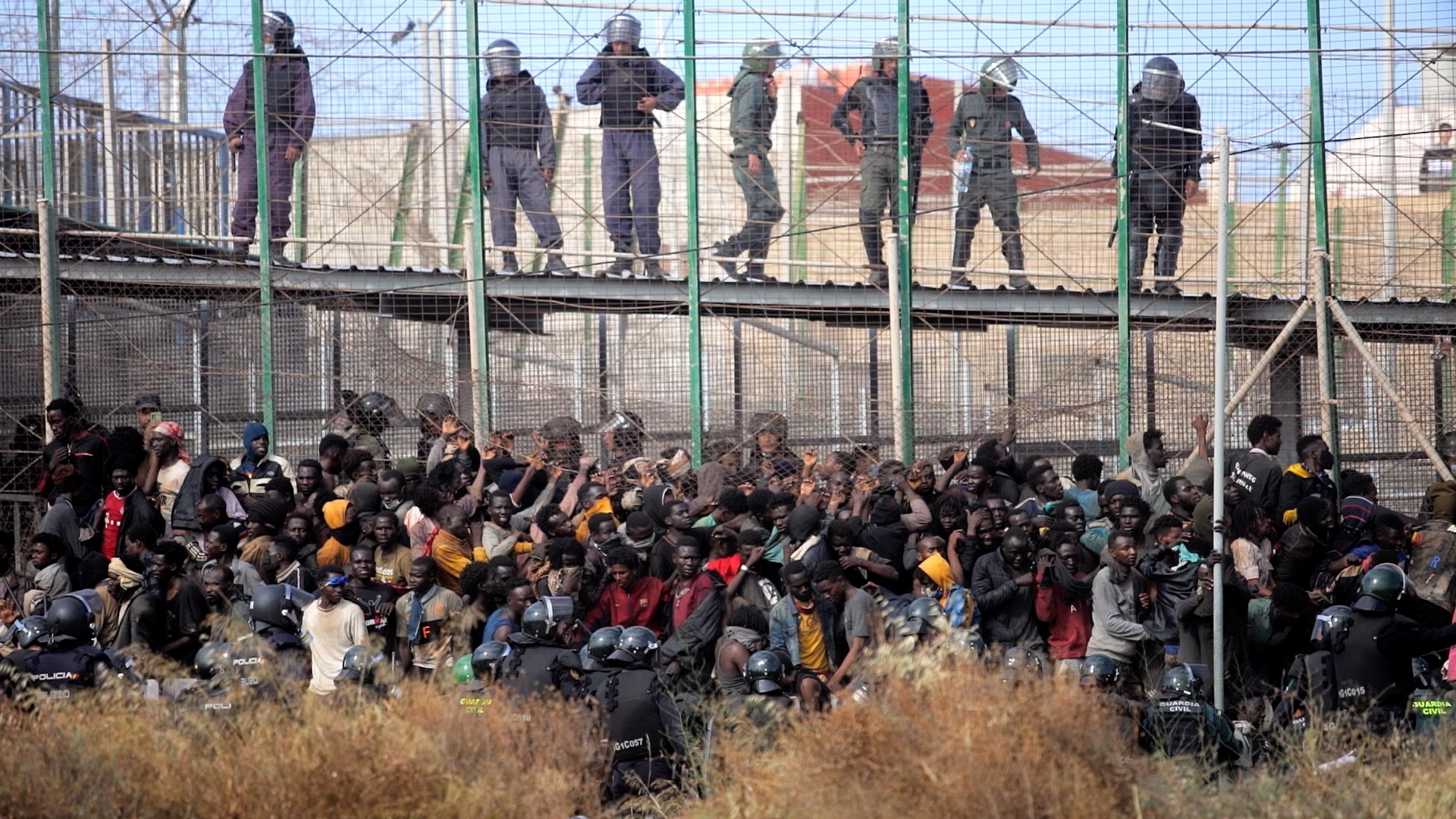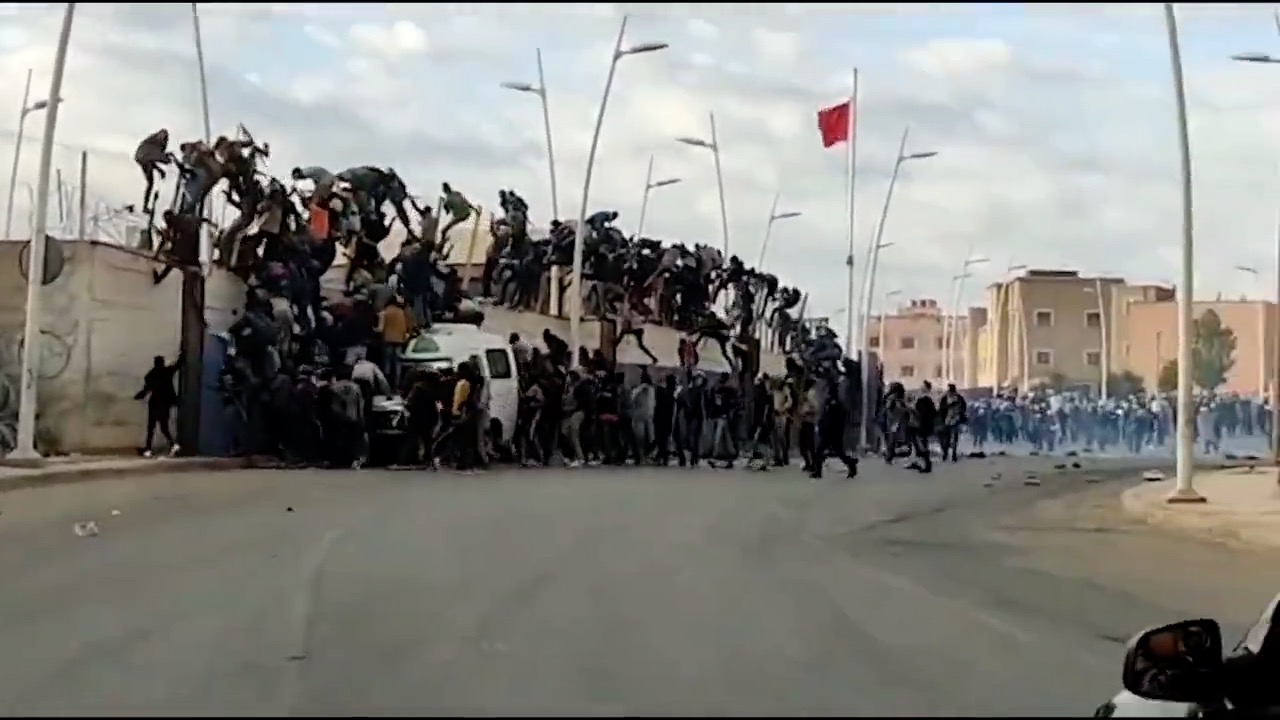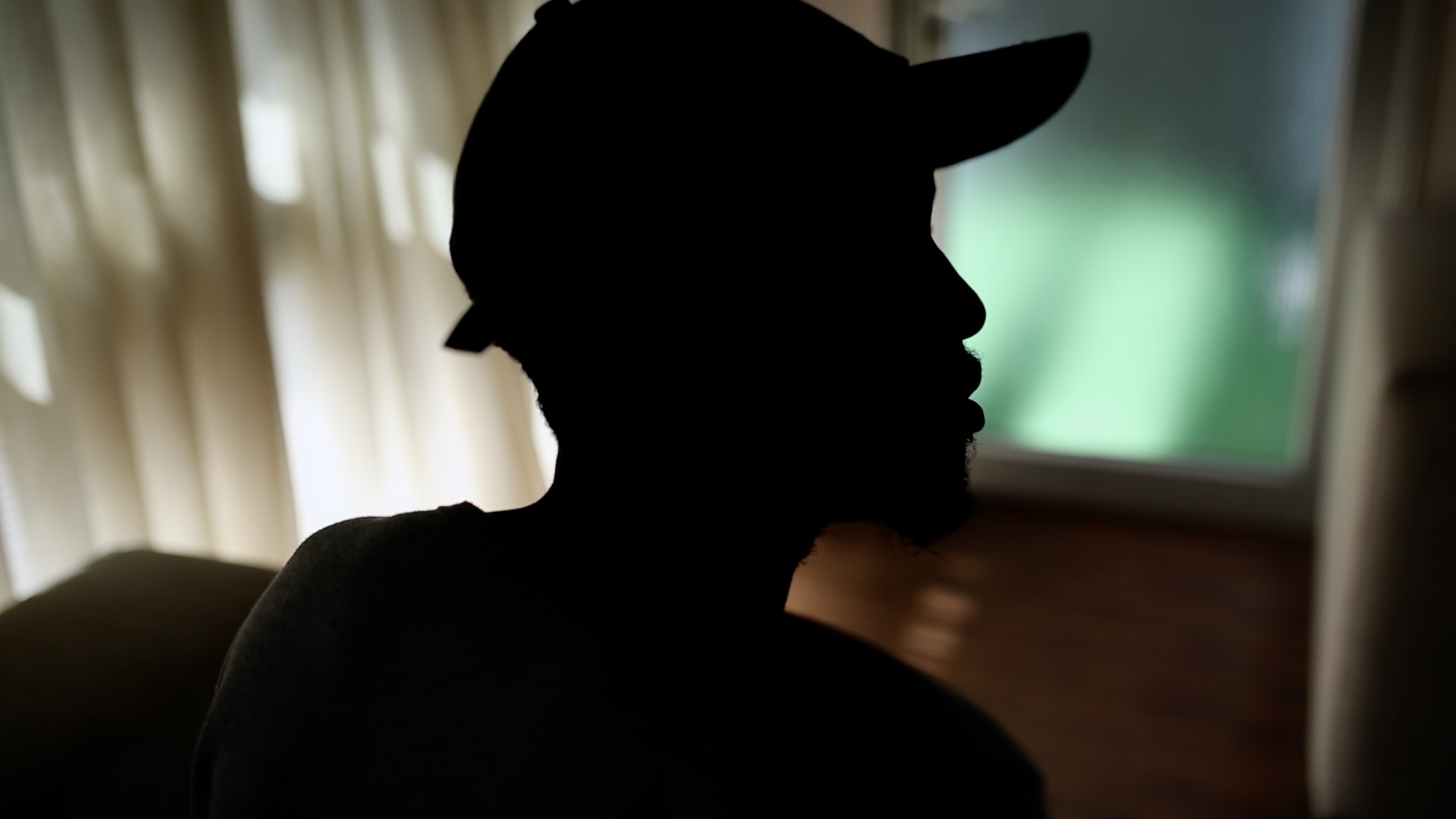The BBC Africa Eye team delves deep into the events of June 24, 2022, on a little patch of land where Spain and Morocco converge, a gateway to Europe, in its most recent investigative film.
On that day, frightening videos of violent altercations between African migrants and Moroccan border guards first appeared online. These films provided horrifying proof of the beating and restraint of refugees. The tragedy resulted in the deaths of twenty-four persons, and many more are still missing.

BBC Africa Eye has been looking for the truth for months. Viewers are taken through the events of that deadly day in forensic detail in the documentary “Death on the Border.” Numerous videos that were shared on social media and collected from local sources were validated and geolocated by the BBC Africa Eye team.
The movie follows the migrants’ movements on the morning of June 24, 2022, when an estimated 2,000 people gathered at the Moroccan border post in an attempt to scale the fence and enter the Spanish enclave of Melilla.
Throughout the movie, survivors provide their testimony, providing the most thorough depiction of what took place so far. They describe how Moroccan border guards forced the party into a border post courtyard and then blocked their exit. Videos demonstrate how the Moroccan border guards kept hurling tear gas and smoke bombs into the confined area where the refugees were huddled. This caused a fatal crowding of people.
An unnamed victim recalls how hundreds of migrants, including those who were injured or dead, were left lying on the ground for several hours. He alleges that security agents prevented doctors from treating the injured and that they were not given medical attention.
Hundreds of migrants did manage to enter into territory under Spanish control, while the majority were stopped at the border crossing. The BBC Africa Eye investigation exposes fresh proof of “pushbacks” by Spanish security officials, a practice in which refugees are returned across the border without being given the chance to request asylum. One immigrant claimed to have been returned to Moroccan officials, who severely assaulted him, rendering him unconscious for several hours.

According to survivors, security personnel put them on buses and transported them across Morocco, far from the border, to various places. At least one injured migrant lost their life during that trek. His brother describes the effect on his family in Sudan, and his name was Abdelnasir. “When I gave my mother the news, she first didn’t accept it,” he claimed. We managed to acquire some information from those who were with him while we were waiting for his body, but not much.
Numerous sources assert that a morgue in Nador, the Moroccan city closest to Melilla, is still holding the death of dozens of migrants.
According to Omar Naji, vice president of the Moroccan Association for Human Rights, authorities were seen preparing 21 tombs in the Nador cemetery. “The authorities planned to bury the remains without doing the required inquiries and without identifying them,” he claimed.
In addition to declining BBC Africa Eye’s request for an interview, the Moroccan government did not address the claims presented in this movie. The Moroccan Ministry of Interior has stated in the open that its security officers acted in accordance with the law and that all migrants received the appropriate medical care and assistance. They assert that the sizable group of migrants was armed with sticks and other sharp objects and was very violent.
Since the incident, both Morocco and Spain have been questioned about it, and both have launched internal inquiries into what transpired that day. However, neither party has admitted fault for the killings or produced any CCTV evidence as of yet.
In the movie, one of the unnamed survivors implores the authorities to make public any proof they may have. The entire border area in Melilla, he claims, is monitored by security cameras. There are cameras virtually the entire length of the barrier and in the location where we became stuck and some of us perished.

The Spanish Ministry of Interior refuted the claims stated in the movie, saying that any border screenings were conducted in accordance with Spanish legislation, which was upheld by the European Court of Human Rights. It is completely untrue to say that “300 migrants were driven back to Morocco from Spanish territory.” All CCTV footage has been given to the Spanish judiciary and Ombudsman as part of their investigations, the statement continued.
However, the Spanish Ombudsman announced the preliminary results of its inquiry in October, claiming that 470 migrants were forcibly returned across the border without regard for the law and that the Ministry of the Interior had not provided investigators with access to all accessible CCTV.
The movie “Death on the Border” also looks at the broader issue of how the tensions over migration control between Spain and Morocco might have influenced what happened on June 24.
Click “Watch on YouTube” to watch the full video:
Photo Credit: BBC Africa Eye


